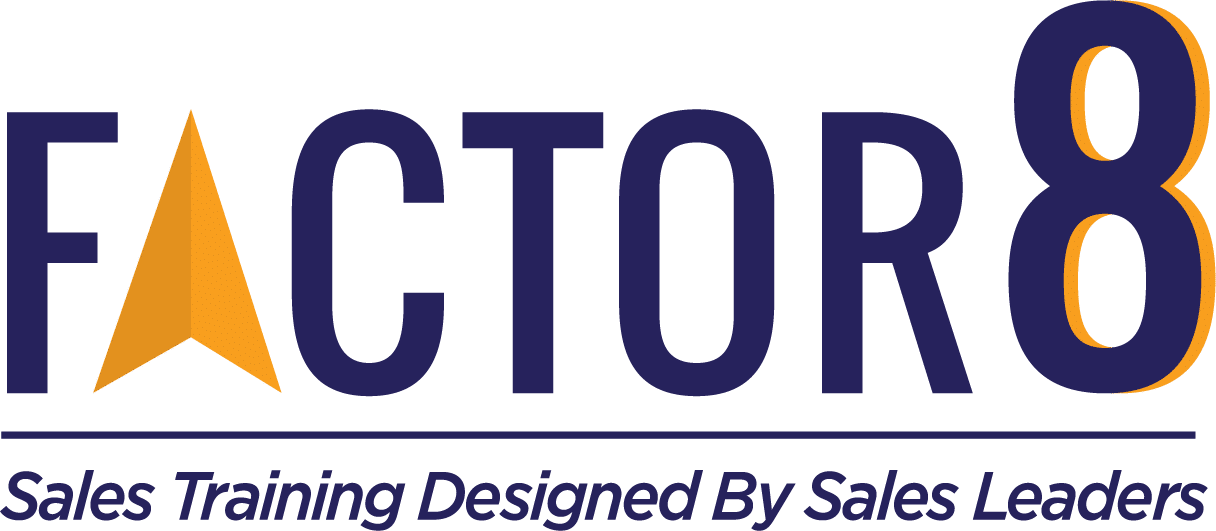Get the Budget You Need to Keep Your Team
Congratulations! The decision to develop your sales reps and managers is a sound one. If you don’t already have battle wounds from our industry’s war for talent, the fight may be coming your direction as our hiring pool shrinks and the demand for digital sellers grows (at a rate of 10-14x traditional sales).
For most of us this means that our talent is harder to find, harder to keep, and coming to us with less and less experience. In other words, we can’t always count on “buying” the talent — especially at the top of the sales funnel — instead we have to prepare our companies to “build” it.
“We can’t count on buying talent, we must learn to build it.”
According to The Bridge Group, the average tenure of a BDR/SDR role in technology is under 15 months and shrinking. And although best practice is being at quota by month 2, the average is closer to month four to six. So we’re left with a year or less of productive sales talent and a lot of open reqs.
So how do we get them up to speed faster and staying longer? Glad you asked: You train them.
Forbes reported last year the #1 thing Millennials search for from an employer is development opportunity.
Sadly, only about half of Reps rate their companies as providing them with the training to be successful (American Association of Inside Sales 2019). That means half the folks working for you right now may be looking elsewhere as your read this.
AA-ISP also taught us that only half of us Inside Sales Leaders actually get the budget we need to provide ongoing development for our teams.
If our industry continues to think of training as something we do when there’s a budget surplus, we simply won’t have the tools and talent we need to attract, ramp, and retain our reps for the foreseeable future. We’ll literally lose the war for talent.
Here’s how to fix it:
- Demand a per-employee training line item in your annual budget. Ten years ago we convinced the CFO we needed one for recruiting. Five years ago it was tools. Now it’s got to be training.
- Sneak it from a spiff, travel, or tools budget. Hey, there are learning tools and training is a reward, right? Sneak it this year and budget for it next year.
- Build an ROI case study. Grab results from your favorite vendor case studies and do the model for your team. Show seats filled faster, reps ramping sooner, and employees staying longer. Not to mention lifts in conversion, average deal size, and pipeline velocity. We’ve seen companies increase conversions by 300%. The average is closer to 75%. But try building an ROI model of even half that and plan to over-perform.
- Not comfortable modeling your floor? Cite industry ROI statistics. Training Magazine re[prt that great sales onboarding can cut time to quota by half. CSO Insights tells us that management development improves their teams’ percent to quota by up to 107% (with a 63% average improvement). Where would your floor be if reps hit quota twice as fast or your floor increased quota attainment by 63%?

What do I budget?
Best practice line item per rep is about $1500 and $2500 per manager. If you haven’t trained in a while, have lack-luster onboarding, or a big hill to climb with a strategy shift or goal increase, double it. The average spend across all industries is just under $1000 per person, with IT industries and sales professions trending at or above best-practice spends.
A few more stats to feather your pitch:
- On average, the Fortune 100 ‘Best Companies to Work For’ list provide 73 hours of training for full-time employees, compared to 38 hours delivered as standard practice by others.
- The top organizations also had 65% less staff turnover than other organizations in the same sector – partly due to their employee development programs.
- Sales Architects tells us that 85% of best in class companies use a professional sales curriculum and/or trainer. These companies see reps hit quota faster.
- Aberdeen and The American Association of Inside Sales Professionals tell us that a lack of development is a top reason for reps leaving companies.
All preaching and pitching aside, the absolute differentiator for companies in the next five years will be our ability to develop and retain our current teams + our ability to recruit from diverse hiring pools. Now is the time to create an annual development line item in the budget. it’s up to leaders like us to fix the development gap with the generations we are hiring, or the scraping sound you hear today as we recruit from the bottom of the barrel will sound a lot more like a puncture as we blow out the barrel itself.

